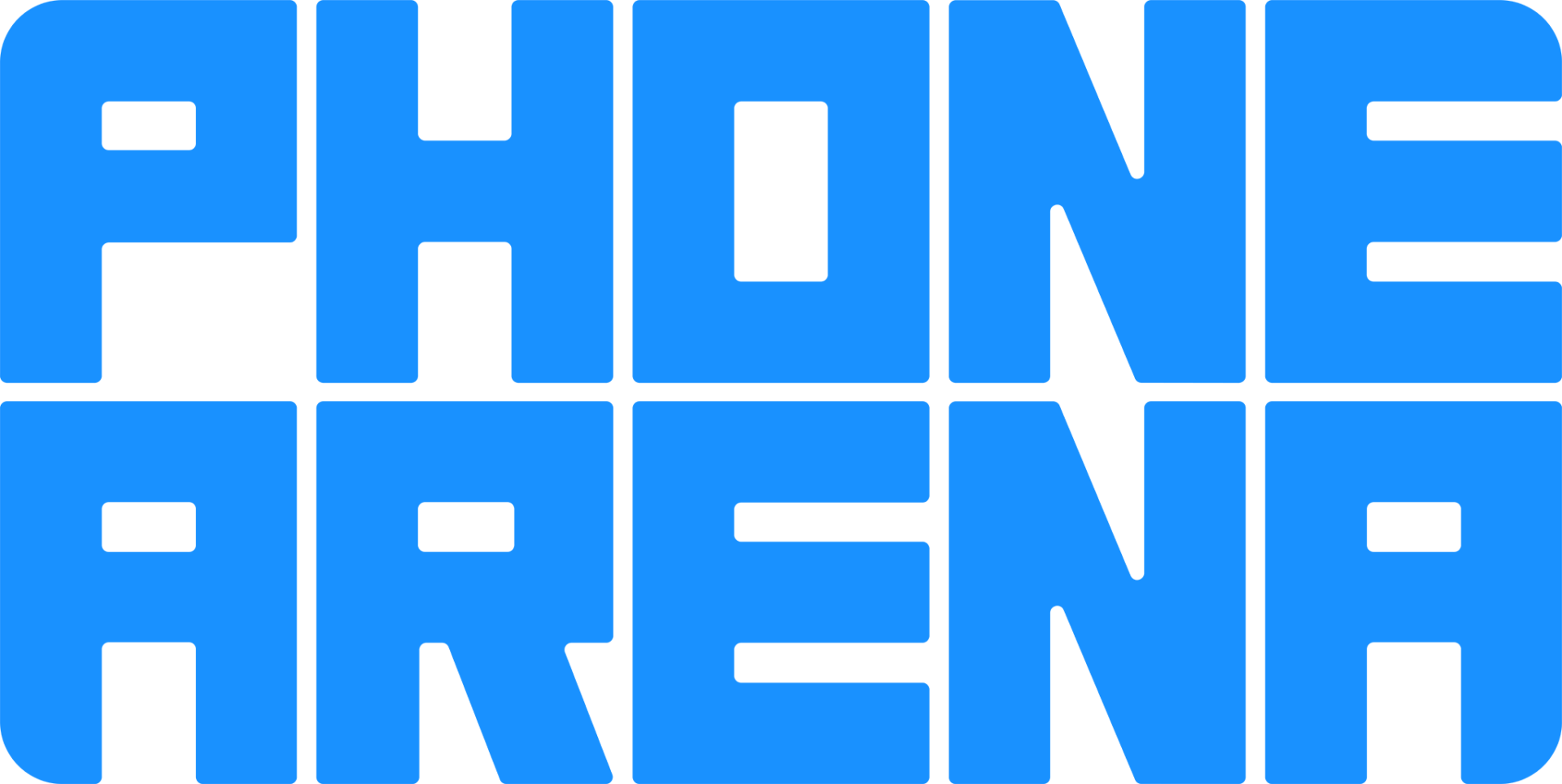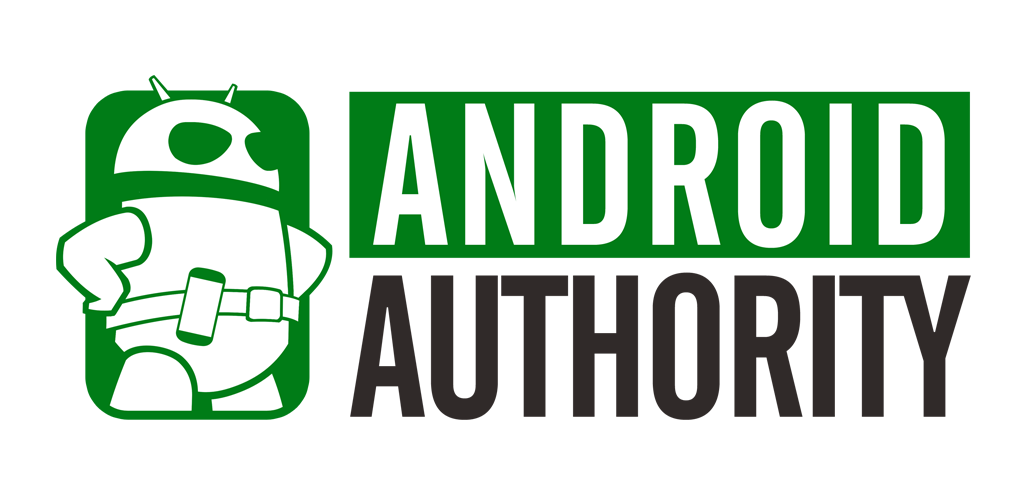A comparison of specs, key information, reviews, and best pricing from top retailers
Last updated -- hours ago | Report incorrect information
What we think

The PerfectRec TV team Learn more
Updated January 10, 2024·
If you prioritize overall picture quality, gaming, and sports viewing, the Sony X85J is a better choice, as it performs better in these areas. On the other hand, the Sony X77L is less expensive and may suffice if you're on a budget. If you don't need top-of-the-line picture quality or the best performance in bright rooms, the Sony X77L could save you money while meeting your needs for casual viewing. Give Feedback
this description is based on the product variant with some specs and product variant with some specs. At the time of writing, the variant with some specs cost some dollars and the variant with some specs cost some dollars.
Advantages of the Sony X85J (LCD)
- Good for bright room
- Good for gaming
- Good for sports
- Very good for news, talk, & other TV
- Very good for cartoons & animation
- Best in class for upscaling
- Best in class motion processing
Advantages of the Sony X77L (LCD)
- Good viewing angle
Key differences
Picture Quality
7.3


5.6
7.88/10
CONTRAST
3.58/10
7.3/10
COLOR VOLUME SCORE
6.3/10
LED
PANEL TYPE
LED
VA
PANEL SUB-TYPE
IPS
The Sony X85J (LCD) has good picture quality, while the Sony X77L (LCD) has poor picture quality.
Movies & TV
6.5


5.2
7.88/10
CONTRAST
3.58/10
6.9/10
BLACK UNIFORMITY
5.8/10
10.0/10
UPSCALING
7.0/10
Yes
HDR10 SUPPORT
Yes
No
HDR10+ SUPPORT
No
Yes
DOLBY VISION SUPPORT
No
The Sony X85J (LCD) is only fair for movies & TV, while the Sony X77L (LCD) is poor.
The Sony X77L struggles with movies and cinematic TV largely due to its lower contrast and poor performance in local dimming and color volume, which results in less deep blacks and less vibrant colors, despite its good colors out of the box. On the other hand, the Sony X85J, while not outstanding, fares better due to its much higher contrast ratio and better black uniformity, allowing it to display more nuanced dark scenes and a wider range of colors, even though its colors out of the box are not as accurate as the X77L.
Gaming
7.6


5.8
7.8/10
RESPONSE TIME SCORE
5.9/10
7.6/10
INPUT LAG SCORE
8.7/10
10.0/10
MOTION PROCESSING
8.5/10
0.0/100
GAMING LOCAL DIMMING
5.0/100
7.5/10
GAME HDR BRIGHTNESS SCORE
6.4/10
The Sony X85J (LCD) is good for gaming, while the Sony X77L (LCD) is poor.
The Sony X77L has a poor response time, which is critical for gaming as it may lead to motion blur or ghosting in fast-paced games, despite its very good input lag, which means it's responsive to controller inputs. On the other hand, the Sony X85J not only has a good response time, reducing blur on fast-moving objects, but also boasts a good input lag, providing a smoother and more responsive gaming experience.
Cartoons & Animation
8.6


6.0
7.3/10
COLOR GAMUT SCORE
5.9/10
7.3/10
COLOR VOLUME SCORE
6.3/10
8.5/10
SDR BRIGHTNESS SCORE
7.2/10
9.1/10
COLORS OUT OF THE BOX SCORE
8.8/10
8.2/10
GRAY UNIFORMITY
7.7/10
The Sony X85J (LCD) is very good for cartoons & animation, while the Sony X77L (LCD) is only fair.
The Sony X85J provides a more vibrant and broader color range, making animations look more vivid, thanks to its better color gamut, while the Sony X77L has less accurate colors right out of the box, affecting the vibrancy of cartoons and animation. Although both TVs might struggle with gray uniformity and contrast, the higher SDR brightness of the X85J can also contribute to a better viewing experience for animated content in varied lighting conditions.
News, Talk, & Other TV
8.2


6.0
8.5/10
SDR BRIGHTNESS SCORE
7.2/10
10.0/10
UPSCALING
7.0/10
The Sony X85J (LCD) is very good for news, talk, & other TV, while the Sony X77L (LCD) is only fair.
The Sony X85J provides an excellent upscaling of low-resolution content and very good SDR brightness, making it a better choice for news and regular TV programs in a variety of lighting conditions. On the other hand, the Sony X77L, while still delivering good performance in these areas, does not match the X85J's superior colors right out of the box, color gamut, or SDR brightness, which can affect the overall viewing experience.
Bright Room
7.3


6.0
5.3/10
VIEWING ANGLE
7.7/10
8.5/10
SDR BRIGHTNESS SCORE
7.2/10
7.1/10
HDR BRIGHTNESS SCORE
6.2/10
5.9/10
REFLECTIONS SCORE
6.3/10
The Sony X85J (LCD) is good for bright room, while the Sony X77L (LCD) is only fair.
The Sony X85J is better for bright rooms mainly because it has very good SDR brightness and handles reflections better compared to the Sony X77L which has only good SDR brightness and fair reflection handling. The trade-off is that the X77L has better color gamut and color volume, which means it can display a wider range of colors, but in bright environments, the superior brightness and reflection handling of the X85J provide a clearer picture.
Cost
$850


$798
$400
$600
$800
$1,000
$1,200
$1,400
The Sony X85J (LCD) has a price of $850 and the Sony X77L (LCD) costs $798.

Let Us Help Find Your Perfect TV
Find your new TV
Key similarities
Sports
7.2


6.8
10.0/10
MOTION PROCESSING
8.5/10
120Hz
REFRESH RATE
60Hz
7.6/10
INPUT LAG SCORE
8.7/10
10.0/10
UPSCALING
7.0/10
8.5/10
SDR BRIGHTNESS SCORE
7.2/10
Yes
HLG SUPPORT
Yes
Although they have very similar scores, PerfectRec considers Sony X85J (LCD) to be good for sports, while the Sony X77L (LCD) is only fair.
The Sony X85J shows a better performance in sports watching primarily because it has superior motion processing and faster response time compared to the Sony X77L, which translates into smoother action and less motion blur. While both handle reflections adequately, the X85J's inability to maintain color accuracy at wide viewing angles can be a limitation for larger groups, whereas the X77L, with an IPS screen, offers better viewing angles at the expense of motion handling and swiftness in scene changes.
Give feedback
We’re constantly working to improve.
How the Sony X85J (LCD) and the Sony X77L (LCD) compare to other TVs
Spec Comparison
| Sony X85J (LCD) | Sony X77L (LCD) |
GENERAL | |||
|---|---|---|---|
| Price | |||
$850 | $798 | ||
Brand | |||
Brand | Sony | Sony | |
Release Date | |||
Release Date | April 2, 2021 | July 5, 2023 | |
Full name | |||
Full name | KD-50X85J | KD-75X77L | |
Screen Size | |||
Screen Size | 50" | 75" | |
Screen Resolution | |||
Screen Resolution | 4K | 4K | |
TV FEATURES | |||
|---|---|---|---|
Operating System | |||
Operating System | Android TV | Google TV | |
Sound Quality Score | |||
Sound Quality Score | 7.5/10 | 6.1/10 | |
NextGen Ready | |||
NextGen Ready | Yes | No | |
HDMI Ports | |||
HDMI Ports | 4 | 3 | |
Coax Ports | |||
Coax Ports | 1 | 1 | |
DISPLAY QUALITY SCORES | |||
|---|---|---|---|
Picture Quality Score | |||
Picture Quality Score | 7.3/10 | 5.6/10 | |
Bright Room Score | |||
Bright Room Score | 7.4/10 | 6/10 | |
Gaming Score | |||
Gaming Score | 7.6/10 | 5.8/10 | |
Movies & TV Score | |||
Movies & TV Score | 6.6/10 | 5.2/10 | |
Sports Score | |||
Sports Score | 7.3/10 | 6.9/10 | |
PHYSICAL | |||
|---|---|---|---|
Dimensions w/o Stand (H x W x D) | |||
Dimensions w/o Stand (H x W x D) | 25.5" x 44" x 2.8" | 38.3" x 66.5" x 2.9" | |
Dimensions with Stand (H x W) | |||
Dimensions with Stand (H x W) | 28.1" x 44" | 41.3" x 66.5" | |
Weight without Stand | |||
Weight without Stand | 28.0 lbs | 67 lbs | |
VESA Mount | |||
VESA Mount | 200 x 200 | 300 x 300 | |
DISPLAY | |||
|---|---|---|---|
Color Depth | |||
Color Depth | 10 bit | 10 bit | |
Black Frame Insertion | |||
Black Frame Insertion | Yes | Yes | |
Auto Low Latency Mode | |||
Auto Low Latency Mode | Yes | Yes | |
Contrast | |||
Contrast | 7.9/10 | 3.6/10 | |
Local Dimming | |||
Local Dimming | 2.5/10 | 3/10 | |
SOUND | |||
|---|---|---|---|
Speaker Setup | |||
Speaker Setup | 2.0 | 2.0 | |
Speaker Power | |||
Speaker Power | 20 W | 20 W | |
Dolby Atmos | |||
Dolby Atmos | Yes | Yes | |
DTS:X | |||
DTS:X | Up to DTS Digital Surround, Bypass only | Up to DTS Digital Surround, Bypass only | |
Shopping
Sony X77L (LCD)
See more
Dig into reviews and images
HDTVs and more
Milton Clark | September 2023
"For an entry-level model, Sony’s X77L is a decent 4K TV. It’s color reproduction, along with crisp and clean picture images revealed plenty of detail and clarity thanks in part to Sony’s excellent video processing."
Get a great deal on the Sony X85J (LCD) or the Sony X77L (LCD)
About Sony
Sony stands as a highly experienced and widely trusted TV manufacturer, earning a reputation that surpasses all others. A Japanese company, Sony has been making TVs for far longs than it has been making Playstation game consoles. Sony's high-end TVs are often regarded as the ultimate choice for videophiles, representing the epitome of quality, albeit at a premium price point. Renowned for their advanced and precise motion handling, as well as their cutting-edge local dimming algorithms, Sony consistently delivers unparalleled performance in these areas. They include Google TV software with all their TV sets, which grants access to the largest selection of apps available and they also include Bravia Core which is a movie streaming platform specifically for Sony TVs that offers higher picture quality by using more bandwidth.
Give feedback
We're constantly perfecting our model
TV guides you might be interested in
More comparisons for you
FAQs
FAQs about TVs
Why trust us
This information was produced and vetted by the PerfectRec TVs team. We are a product research and recommendation organization that meticulously reviews and evaluates the latest TV information and makes it digestible for you.
By the numbers
385
TVs evaluated
33,110
TVs stats compiled
21
Proprietary TVs ratings developed
134,130
Recommendations made
20,120
Consumer hours saved
About the TV team
Joe Golden, Ph.D
CEO and TVs Editor
Joe is an entrepreneur and lifelong electronics enthusiast with a Ph.D in Economics from the University of Michigan.
Jason Lew
Staff Expert & Software Engineer
Jason is a staff expert and software engineer that has been making laptop recommendations for 7 years and moderates one of the largest laptop subreddits.
Chandradeep Chowdhury
Staff Expert & Software Engineer
Chandradeep is a staff expert and software engineer and expert in televisions and monitors. He’s been making monitor recommendations for ten years.
Jaime Roldán
TVs Expert
Jaime is a Colombia-based TV expert. He is an electronics engineer with 8 years of experience in the telecom sector and has been making TV recommendations for 12 years.







